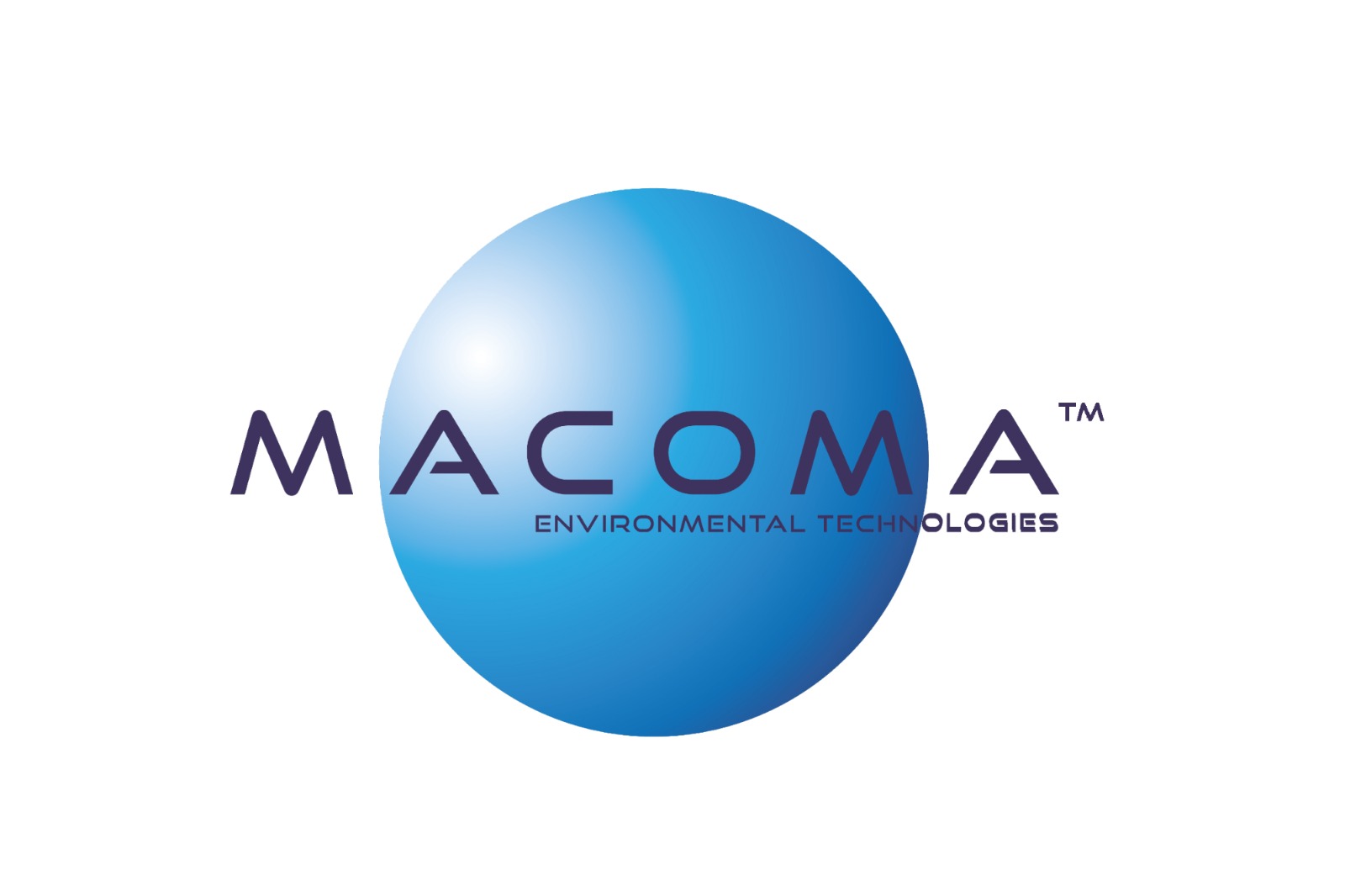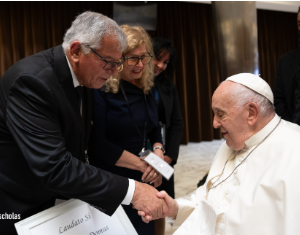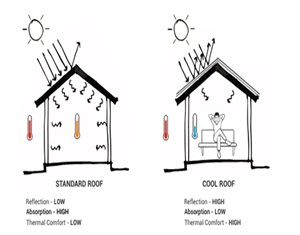SCHOLAS and MACOMA
have joined forces to slow down
Global Warming Quickly and
Economically
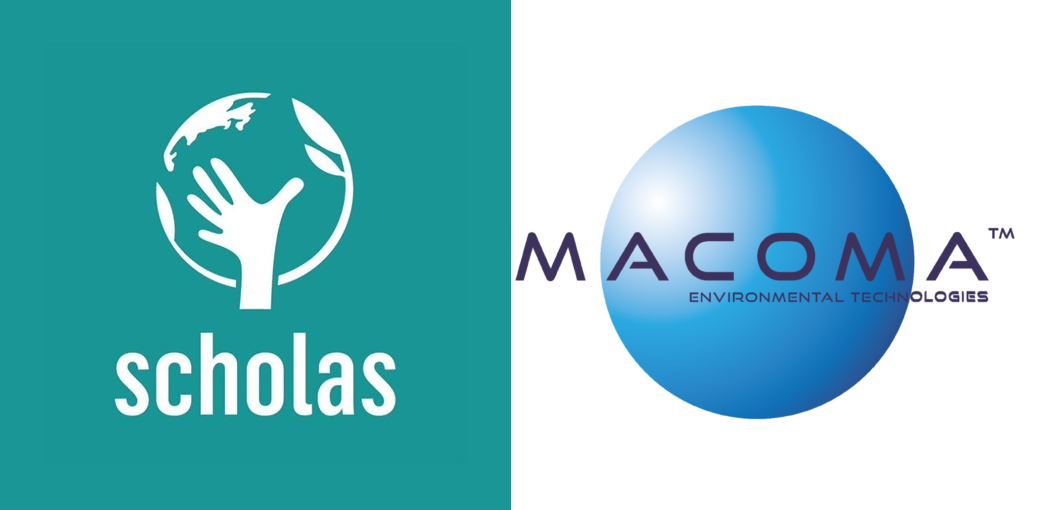
SCHOLAS and MACOMA have joined forces to slow down Global Warming
Quickly and Economically

As per the latest global weather reports, 2023 was the hottest year on record, with the planet’s average temperature increasing by 1.18 degrees Celsius.
This alarming trend is expected to continue, with this year projected to be even hotter.
Feasible action is needed to reverse this trend
Efforts to reverse our planet’s warming trends are not just insufficient; they are dangerously slow to counteract the inevitable CO2 emissions.
However, raising the albedo of urban areas located between 35 degrees north and south of the Earth’s Equator could rapidly and economically slow global warming. The Pontifical organization Scholas, founded by Pope Francis, has formed a strategic alliance with MACOMA to achieve this ambitious goal.
By installing high solar-reflective coating (Cool Roof) on at least 80% of roofs in urban areas within the target zone, we can achieve a positive and measurable effect on the global climate.
Low-income communities often lack the financial resources to install cool roofs on their homes. Therefore, Scholas and MACOMA kindly request your support by purchasing the Carbon Credits generated by the Scholas and MACOMA Cool Roof Projects.
Pope Francis invites companies, philanthropists, and governments to join “Communis Domus,” the first Scholas program in partnership with MACOMA, to combat global warming.
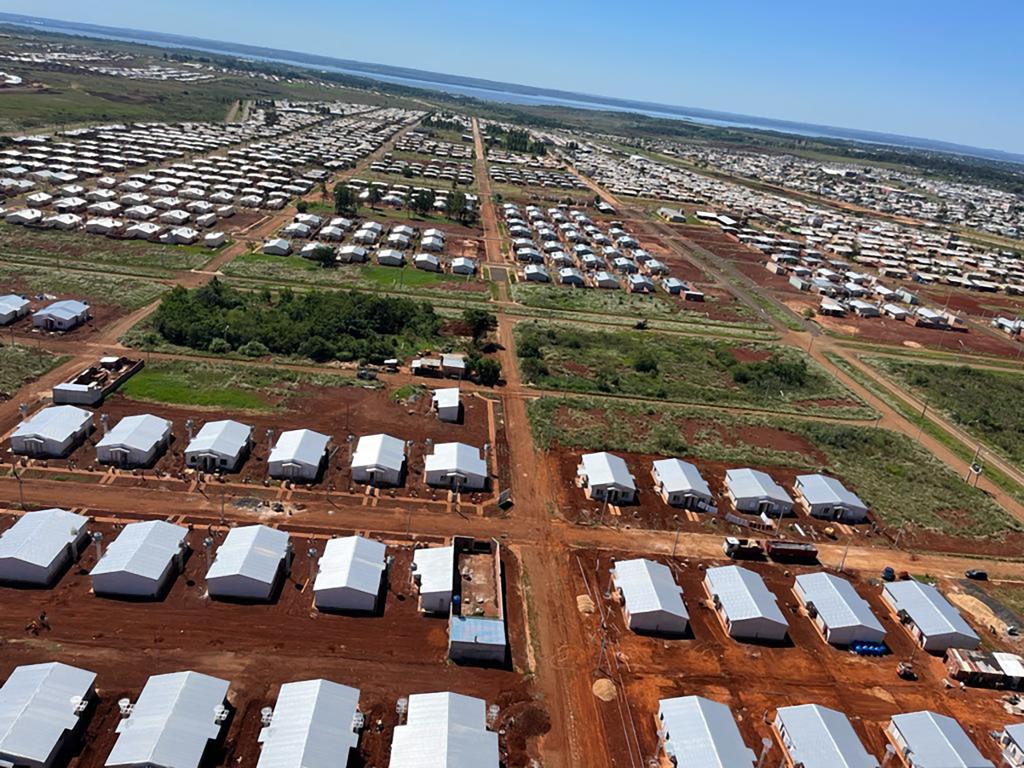
Communis Domus
Increasing Urban Albedo with Cool Roofs
Concept:
- Albedo is the measure of how much sunlight a surface reflects. Higher albedo means more sunlight is reflected, leading to cooler surfaces.
- Urban areas often have low albedo due to dark roofs and pavements, which absorb more heat.
- Cool Roofs are designed with materials that reflect more sunlight and absorb less heat, reduce urban heat islands and cool the planet.
Benefits of Cool Roofs
- Climate Impact: Increasing the albedo of urban areas more solar radiation is reflected back into space, which reduces the heat absorbed by cities and helps to lower global temperatures.
- Energy Savings: Cool Roofs reduce the need for air conditioning, leading to lower energy consumption and greenhouse gas emissions.
- Health Benefits: Lower urban temperatures can reduce heat-related illnesses and deaths.
Feasible Measures to Mitigate Climate Change
As per the latest global weather reports, 2023 marked the hottest year on record, with the planet’s average temperature surging by 1.18 degrees Celsius. This alarming trend is set to continue, with this year projected to be even hotter. The devastating impact of climate change, which is now a daily occurrence, is a stark reminder of the urgent need for action.
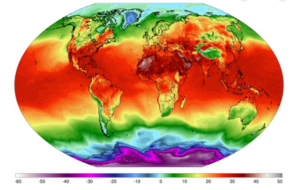
LEARN MORE
Efforts to reverse our planet’s warming trends are not just insufficient; they are dangerously slow to counteract the inevitable CO2 emissions. For instance, the idea of quickly replacing all conventional vehicles with electric ones, while a noble goal, is impractical. It could cause economic and social chaos, particularly in developing communities already enduring the most from of rapid global warming.
The Earth’s warming is primarily due to CO2 and other gases emitted by human activities. These gases form an envelope around our planet, allowing the sun’s heat to penetrate the Earth but preventing the same heat from being radiated back into space, creating a “greenhouse effect.”
If we could reduce the gaseous envelope surrounding the Earth—by capturing and removing enough gases—and simultaneously stop CO2 emissions, we could return more of the sun’s heat to space, lowering Earth’s surface temperatures.
However, extracting CO2 from the air is difficult, slow, and expensive. Consequently, scientists have been experimenting with various geoengineering concepts. One proposed method involves spreading a white powder in space to partially intercept the sun’s energy. Yet, the unknown potential side effects have led scientists to abandon this and other similar ideas.
On a more positive note, we’ve long understood that certain light-colored surfaces, like ice and snow, reflect a significant portion of the sun’s energy rather than absorbing it. This is known as the albedo effect. Increasing Earth’s albedo, or reflectivity, can achieve negative radiative forcing (RF), a powerful strategy to help slow global warming. These high-albedo surfaces act as mirrors, bouncing solar heat back into space. This potential solution gives us hope in the face of the climate crisis.
Built structures, including houses, buildings, and paved roads, cover 29% of the Earth’s surface. These structures absorb solar radiation, producing the “urban heat island” effect, where city temperatures are 3-5 degrees Celsius warmer than surrounding rural areas. Scientific research has proven that increasing the albedo of urban areas can lower the planet’s average temperature.
Albedo refers to the solar reflectance of a surface. Depending on the degree of the albedo, the Earth reflects part of the incoming solar radiation into space. By increasing Earth’s albedo with more reflective surfaces, such as snow or reflective roofs (Cool Roofs), we can reduce the amount of solar energy absorbed by the planet, achieving a substantial global cooling effect. Extending this increase over large swathes of populated urban areas or regions most affected by heat, like the tropics and deserts, would provide a considerable solution to global warming quickly, safely, and economically without harming the economic development of emerging nations. This approach could have the same effect as removing 44 gigatons of CO2 from the atmosphere or eliminating the emissions of over 600 million cars for the next 18 to 20 years.
To achieve a high albedo effect on rooftops (Cool Roofs) and eventually on paved roads is safe, fast, effective, and accessible to everyone. MACOMA is committed to promoting a global movement to implement this simple and rapid solution to global warming.
Cool Roofs not only increase terrestrial albedo but also passively cool building interiors, saving energy on air conditioning and reducing the emission of hydrofluorocarbon gases, which have a greenhouse effect 700 times greater than CO2. For those without air conditioning, Cool Roofs offer more comfort during extremely hot days.
On April 29, in Buenos Aires, Argentina, MACOMA signed a cooperation agreement with Scholas to implement Cool Roofs in low-income communities, schools, and other places where they will have the most positive impact and benefit the most vulnerable people. The initial phase of the global program will be financed by the sale of voluntary CO2 credits, leveraging a proven equivalence between CO2 capture and increased albedo on horizontal surfaces. The “simplified” methodology to calculate this equivalence was developed by Professor Hashem Akbari, PhD, Nobel Peace Prize winner in 2007, and world-renowned environmental scholar.
The number of tons of CO2 that Cool Roofs can offset differs slightly in each geographical region. Generally, a high reflectance roof surface of 100 square meters creates an offset equivalent to capturing 20 to 31 tons of CO2 from the atmosphere. This equivalency is particularly significant for mitigating global warming in regions between 30 degrees North and 30 degrees South of the Earth’s equator.
Words from Pope Francis
“No matter how much we try to deny, hide, dissemble, or relativize the signs of climate change, they are there, increasingly evident,” Pope Francis states in his papal encyclical Laudate Deum. The rise in temperatures and the greater frequency and intensity of extreme weather events have made climate change one of the main challenges on the international agenda. Its adverse effects necessitate urgent action to achieve carbon neutrality and strengthen the resilience of the most vulnerable populations.
The Importance of Promoting Urban Systems Connected and in Harmony with Nature
Laudate Deum emphasizes the importance of human interaction with the environment,
highlighting how various cultures throughout history have sustainably created and
remodeled their surroundings without destroying or endangering them
Scientific References
1. Akbari, H., et al. (2023). A simplified method to calculate atmospheric CO2 equivalency for changing surface albedo. P. Rajagopalan, V. Soebarto and H. Akbari (Eds.), 6th International Conference on Countermeasures to Urban Heat Islands (IC2UHI), pp. 500- 511. ©2023, RMIT University, Melbourne, Australia.
https://www.macoma.us/wp-content/uploads/2024/07/Proceedings-Book-A-Simplified-Method-28FEB2024-1.pdf
2. Akbari, H., Menon, S., & Rosenfeld, A. (2009). Global cooling: Increasing world-wide urban albedos to offset CO2. Climatic Change, 94(3-4), 275-286. https://doi.org/10.1007/s10584-008-9515-9
3. Menon, S., Akbari, H., Mahanama, S., Sednev, I., & Levinson, R. (2010). Radiative forcing and temperature response to changes in urban albedos and associated CO2 offsets. Environmental Research Letters, 5(1). https:// doi.org/10.1088/1748-9326/5/1/014005
4. Akbari, H., Matthews, H.D., & Seto, D. (2012). The long-term effect of increasing the albedo of urban areas. Environmental Research Letters, 7(2). https://doi.org/10.1088/1748-9326/7/2/024004
5. Akbari, H., Konopacki, S., & Pomerantz, M. (1999). Cooling energy savings potential of reflective roofs for residential and commercial buildings in the United States. Energy, 24(5), 391-407.
6. ASHRAE. (2012). International Weather for Energy Calculations Version 2 (IWEC2). American Society of Heating, Refrigerating and Air-Conditioning Engineers.
7. Hosseini, M., & Akbari, H. (2016). Effect of cool roofs on commercial buildings energy use in cold climates. Energy and Buildings, 114, 143-155
8. IPCC. (2014). Climate Change 2014: Mitigation of Climate Change. Cambridge University Press.
9. Jandaghian, Z., & Akbari, H. (2021). Increasing urban albedo to reduce heat-related mortality in Toronto and Montreal, Canada. Energy and Buildings, 237.
10. Loeb, N.G., Johnson, G.C., Thorsen, T.J., Lyman, J.M., et al. (2021). Satellite and Ocean Data Reveal Marked Increase in Earth’s Heating Rate. Geophysical Research Letters, 48(13).
11. Kiehl, J.T., & Trenberth, K.E. (1997). Earth’s annual global mean energy budget. Bulletin of the American Meteorological Society, 78(2), 197-208.
12. King, D.M., Platnick, S., Menzel, W.P., Ackerman, S.A., & Hubanks, P.A. (2013). Spatial and Temporal Distribution of Clouds Observed by MODIS Onboard the Terra and Aqua Satellites. IEEE Transactions on Geoscience and Remote Sensing, 51(7).
13. Myhre, G., Highwood, E.J., Shine, K.P., & Stordal, F. (1998). New estimates of radiative forcing due to well-mixed greenhouse gases. Geophysical Research Letters, 25(14), 2715-2718.
14. NOAA. (2022). Carbon dioxide now more than 50% higher than pre-industrial levels. National Oceanic and Atmospheric Administration. http://www.noaa.gov
15. National Renewable Energy Laboratory. (2008). TMY3 data for 1020 US locations. Technical Report NREL/TP-581-43156.
16. Valone, T.F. (2021). Linear Global Temperature Correlation to Carbon Dioxide Level, Sea Level, and Innovative Solutions to a Projected 6°C Warming by 2100. Journal of Geoscience and Environment Protection, 9, 84-135.
17. Vaughan, N.E., & Lenton, T.M. (2011). A review of climate geoengineering proposals. Climatic Change, 109, 745-790
MACOMA Environmental Technologies
Applied Research Facility
Headquarters
1664 N Virginia St, Unit #112
Reno, NV 89557, USA
✆ +1 775-410-2408 ✆ +1 702-951-1401
contactus@macoma.us
www.MACOMA.us
Voluntary Carbon Certificates (VCC)
- What Are the Albedo Derived Carbon Certificates? One VCC represents an equivalency of one ton of carbon dioxide (CO2) in the process of cooling the earth.
- How Can You Help: Individuals and organizations can purchase carbon credits to financially support projects that reflect heat back into space which translates into an equivalency of CO2 capture from the atmosphere, the reduction of hydrofluorocarbon (HFC) gas emissions and energy consumption. Without this crucial financial support, these projects cannot be completed.
- Certification: SCHOLAS MACOMA’s VCC equivalencies are verify by the Scientific Alliance Against Climate Change an international academic group.
Call to Action
- Purchase Voluntary Carbon Certificate: By buying VCC’s from SCHOLAS/MACOMA projects, you directly support the installation of cool roofs and contribute to global efforts to slow climate change and improve the health and lives of many.
Conclusion
While transitioning to renewable energy sources and reducing emissions is crucial, innovative solutions like increasing urban albedo through cool roofs can offer immediate and cost-effective benefits. Supporting these initiatives through carbon credits can empower vulnerable communities and create a collective impact on global warming.
SCHOLAS MACOMA COOL ROOF PROJECTS
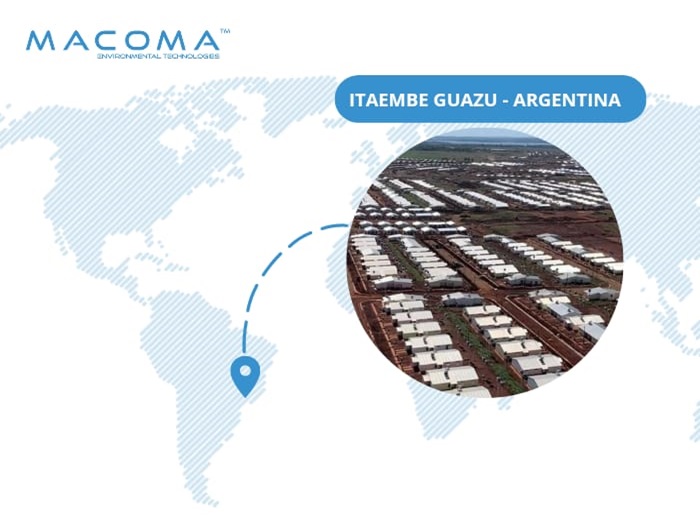
Itaembe Guazu, 12,000 homes 900,000 m2 offset 252,000 MT of CO2 IN PROGRESS
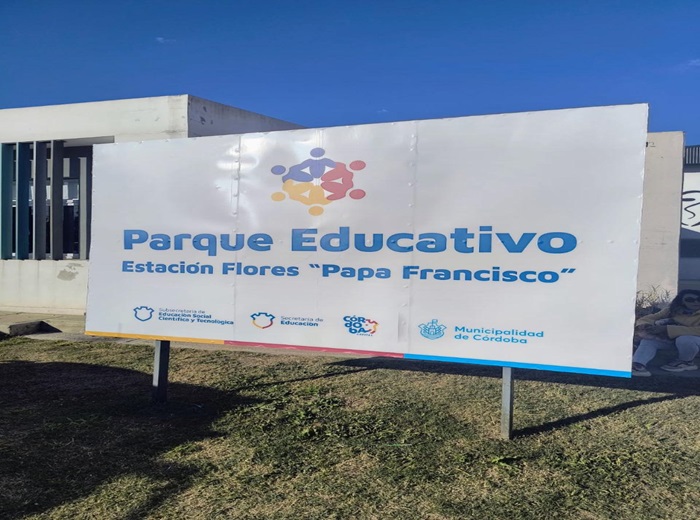
Ciudad de Cordoba, AR - COMING SOON!
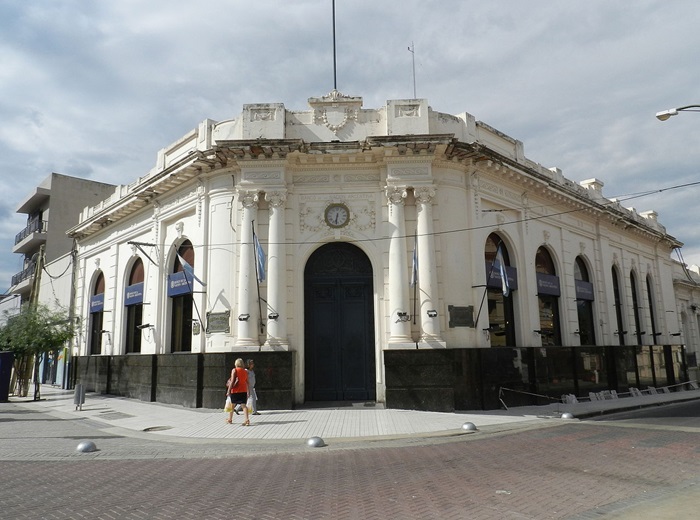
Catamarca, AR - COMING SOON!
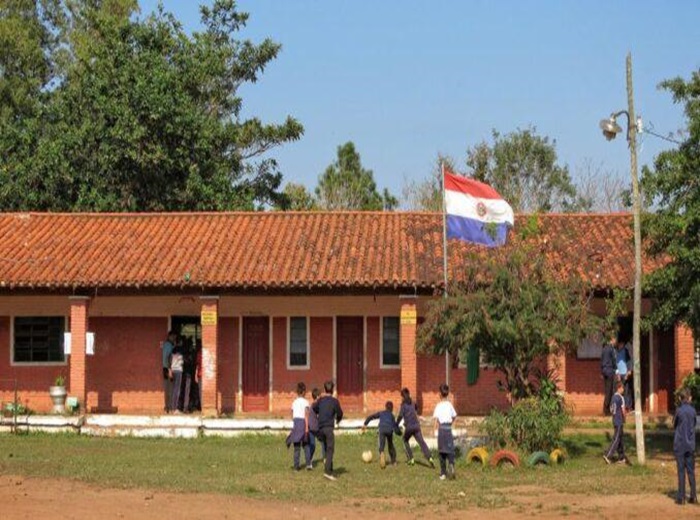
1,000 Schools in Paraguay, 1,000,000 m2 offset 280,000 MT of CO2
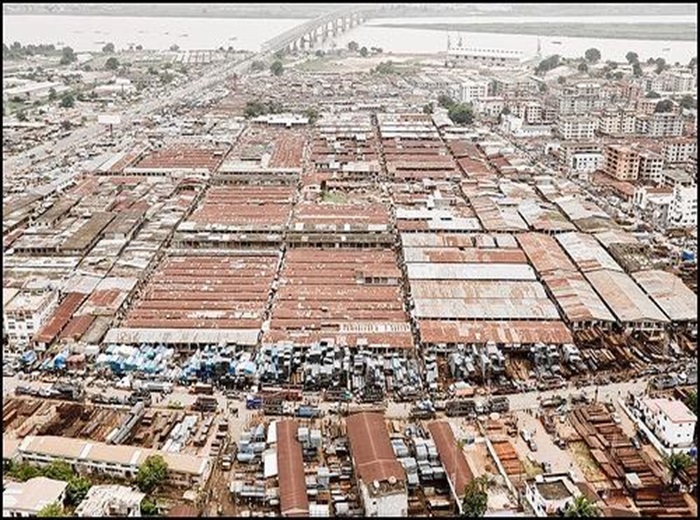
Nigeria Community Projects coming soon
contact us
Headquarters
Applied Research Facility
1664 N Virginia St # 112
Reno NV 89557, USA
+1 775-410-2408
+1 702-951-1401
contactus@macoma.us
Argentina Branch
Parque Industrial de la Innovación Posadas
229 Nemesio Parma 3300
Posadas, Misiones, Argentina
+54 3764 63-5556
+54 3764-489717
